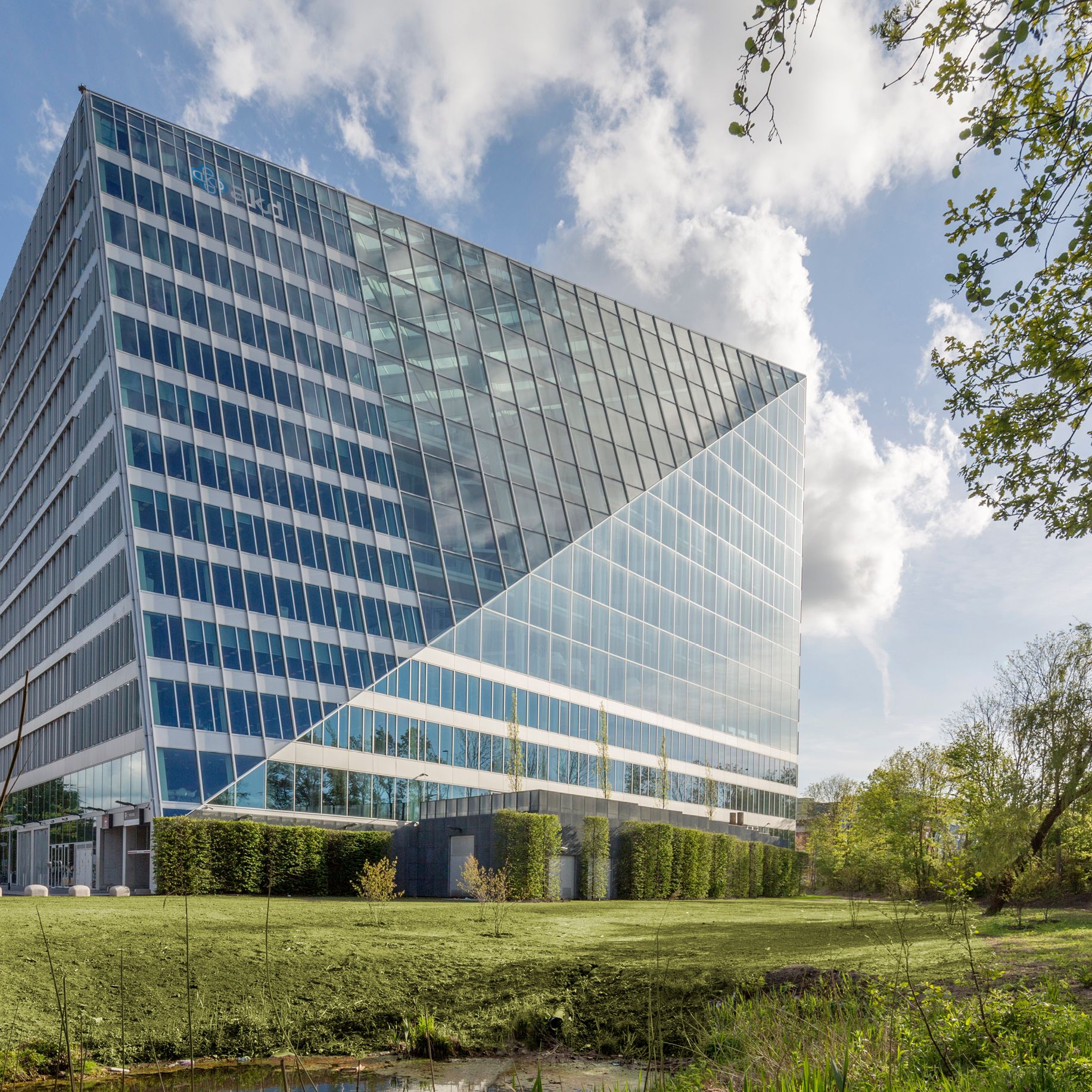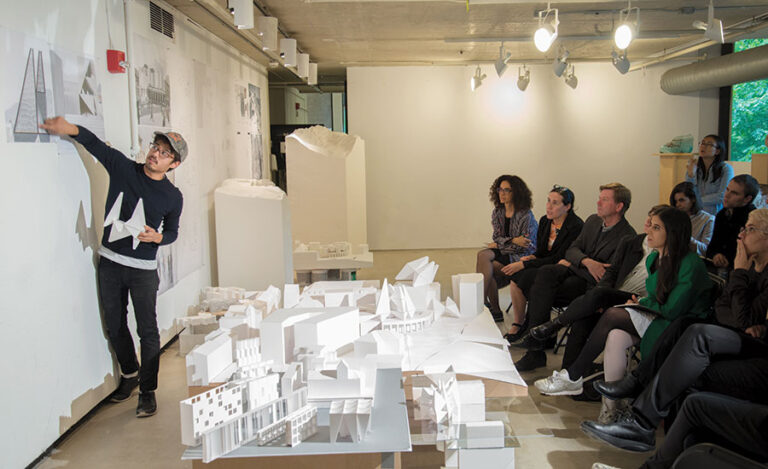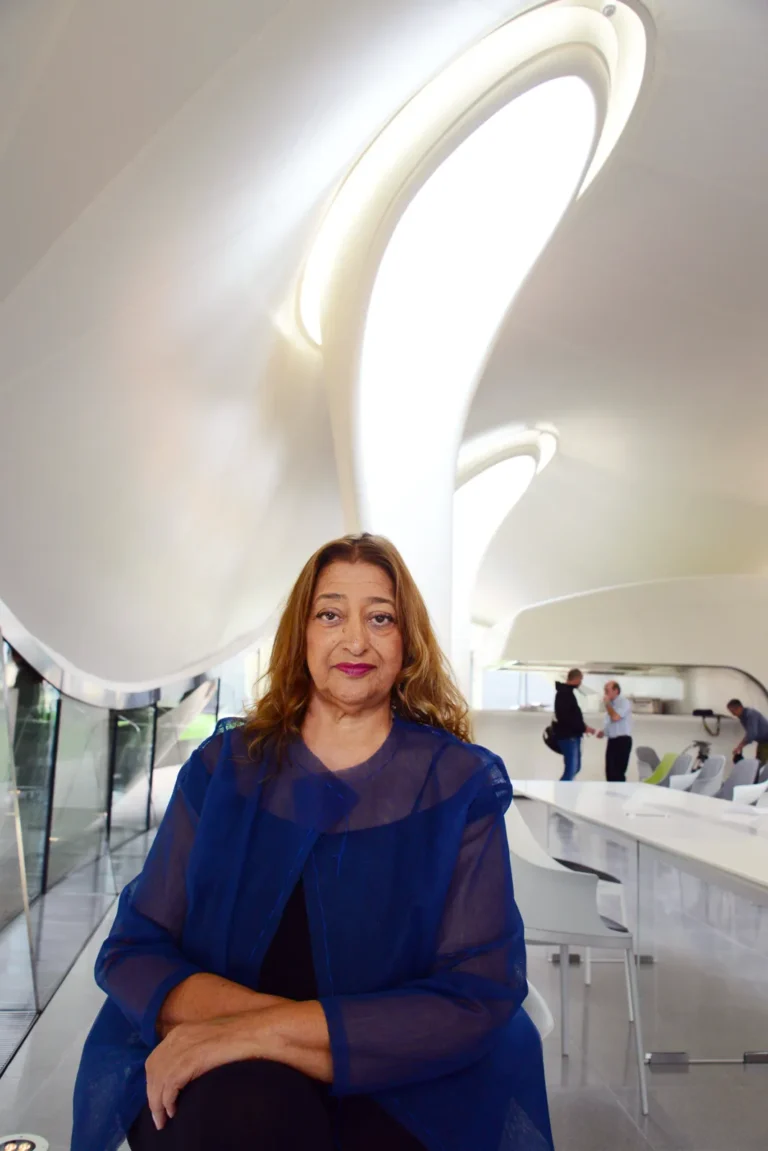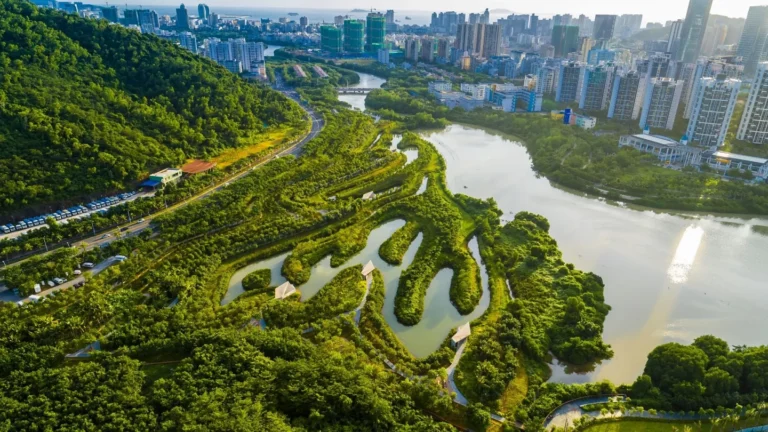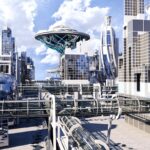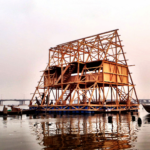A New Standard for Sustainable Architecture
Sustainability in architecture is not merely about installing solar panels or using reclaimed materials, but thinking about how buildings coexist with the environment and the people it inhabit. That’s exactly what The Edge, a state-of-the-art office building in Amsterdam, intended to do. Designed by PLP Architecture for the accounting and consulting firm Deloitte, this glassy and ultra-modern office space is not only carbon neutral, but it is also energy positive, meaning it generates more energy than it consumes.
In fact, when it was completed in 2014, The Edge received the highest BREEAM sustainability rating (98.36%) ever issued. And, while the sustainability accomplishments are impressive, it is also one of the smartest buildings on the planet, equipped with a smart system that interacts in real-time with the occupants’ needs.
So, what is so special about this space? Let’s take a look!
Design and Energy Efficiency
Harnessing Nature for Maximum Efficiency

From the outside, The Edge is a sleek, glass-clad office tower. But its design is far more than just aesthetics—it’s a carefully calculated passive solar system.
- A massive atrium running through the center of the building floods the interior with natural light, reducing the need for artificial lighting.
- The south-facing façade is covered in photovoltaic solar panels, helping to generate on-site electricity.
- Triple-glazed windows keep heat in during the winter and out during the summer, lowering energy consumption year-round.
The Edge doesn’t just reduce its carbon footprint—it actually creates more energy than it needs, sending the surplus back into Amsterdam’s power grid.
A Building That Learns from Its Occupants
One of the most innovative features of The Edge is how intelligently it manages energy use. Sensors throughout the building track:
- Temperature and humidity to adjust heating and cooling in real-time.
- Occupancy levels to turn off lights and ventilation in unused spaces.
- Sunlight exposure to dim or brighten LED lighting as needed.
This kind of real-time energy optimization is what helps the building operate with 80% lower electricity consumption compared to a conventional office.
Smart Technology & Adaptive Workspaces
If you work at The Edge, you won’t have a static desk. You will be given a workspace through a custom smartphone app that considers your schedule, preferences, and even your ideal temperature and lighting preferences.
If you need a quiet place to focus deeply, the app directs you to a booth with soundproofing. You need a collaborative space? The app takes you to an open workspace. Everything is based on decisions made dynamically, which makes The Edge one of the first truly adaptive work environments in the world.
Philips’ Smart Lighting System
The Edge’s Power over Ethernet (PoE) LED lighting—developed in collaboration with Philips—is a game-changer. Unlike traditional office lighting, these fixtures are:
✔ Individually controllable via the app.
✔ Equipped with motion sensors to turn off when no one is around.
✔ Tuned to match natural daylight, reducing eye strain and boosting productivity.
Water Conservation & Sustainable Materials
Sustainability at The Edge isn’t just about energy—it extends to water use, materials, and indoor environmental quality.
🌱 Water Management Innovations:
- A rainwater harvesting system collects and filters water for irrigation and toilet flushing.
- Greywater recycling reduces overall water waste.
- Low-flow fixtures cut water consumption across the building.
🏗️ Eco-Friendly Materials:
- Recycled and locally sourced materials minimize the building’s carbon footprint.
- Non-toxic finishes improve indoor air quality.
- Green walls and plant installations create a healthier, more natural work environment.
A Workplace Built for Well-Being
A sustainable building is only as good as the experience it provides for the people inside it. The Edge was designed to maximize employee well-being, and it does this in a few key ways:
- Flexible workspaces encourage movement and social interaction.
- Lots of natural light reduces stress and boosts focus.
- High-tech ventilation systems keep indoor air fresh and healthy.
Even something as simple as staircase placement was done strategically—escalators and elevators are tucked away, while open staircases are prominent, encouraging people to take the healthier route.
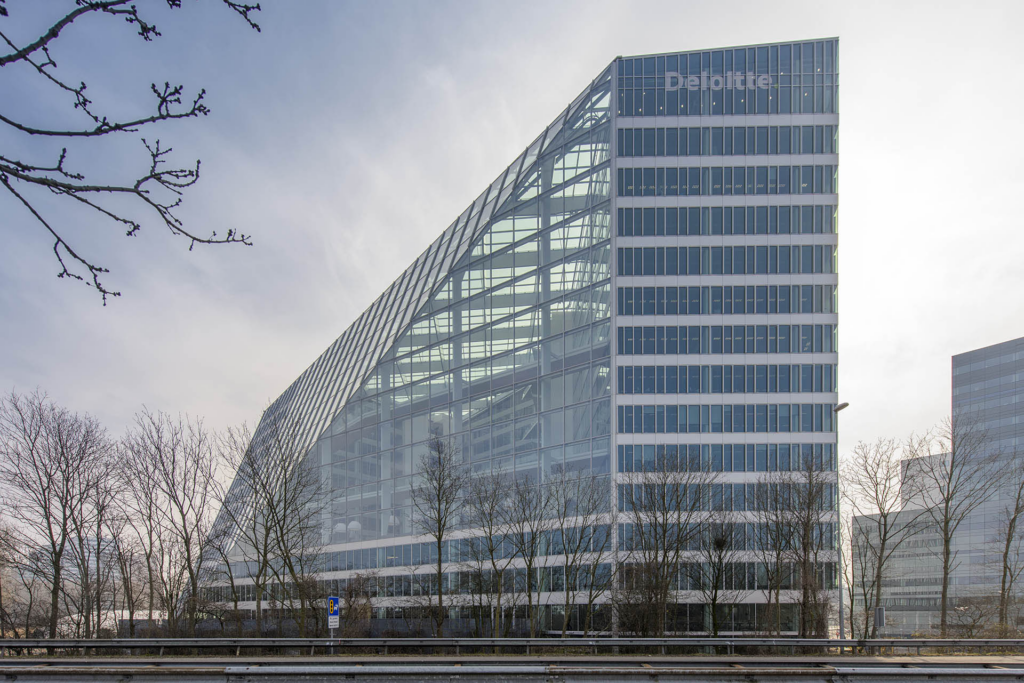
A Global Influence on Green Architecture
The Edge isn’t just a successful experiment—it’s a blueprint for the future of sustainable workspaces.
🏢 Companies Taking Inspiration:
- Google’s “Landscraper” London HQ borrows many of the same smart energy concepts.
- Apple Park in Cupertino follows a similar solar-powered, nature-integrated approach.
- Amazon’s The Spheres in Seattle brings in biophilic design to create a more natural workplace.
🌍 Impact on Urban Development:
Governments and city planners are now looking at projects like The Edge as proof that energy-positive commercial buildings are possible. And as the push toward carbon neutrality gains momentum, more buildings like The Edge are likely to pop up worldwide.
Want to Learn More?
If you’re interested in diving deeper into The Edge’s sustainability and smart technology, check out these links:
🔗 BREEAM Certification Details
🔗 The Edge – PLP Architecture
🔗 Smart Lighting by Philips
The Future of Sustainable Workplaces
The Edge is not just an office: it is a glimpse into how the buildings of the future will function. Smart. Sustainable. Designed for efficiency and the well-being of people.
As all cities across the world move toward carbon neutrality, the ideas and innovations that come out of The Edge are going to influence the next wave of sustainable architecture.
Would you want to work in a high-tech, energy-positive office like The Edge? Drop a comment below!

